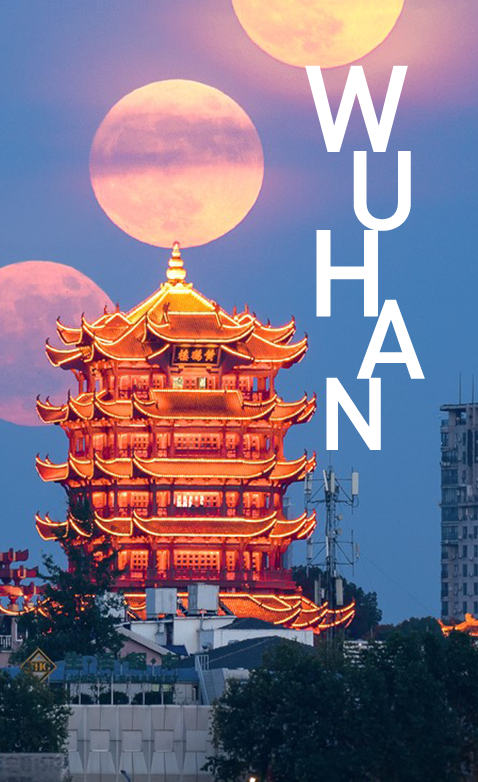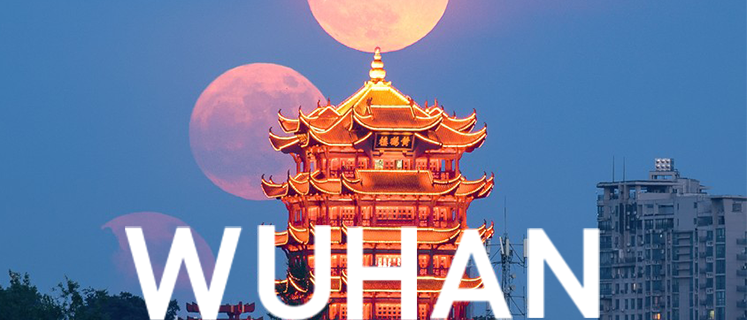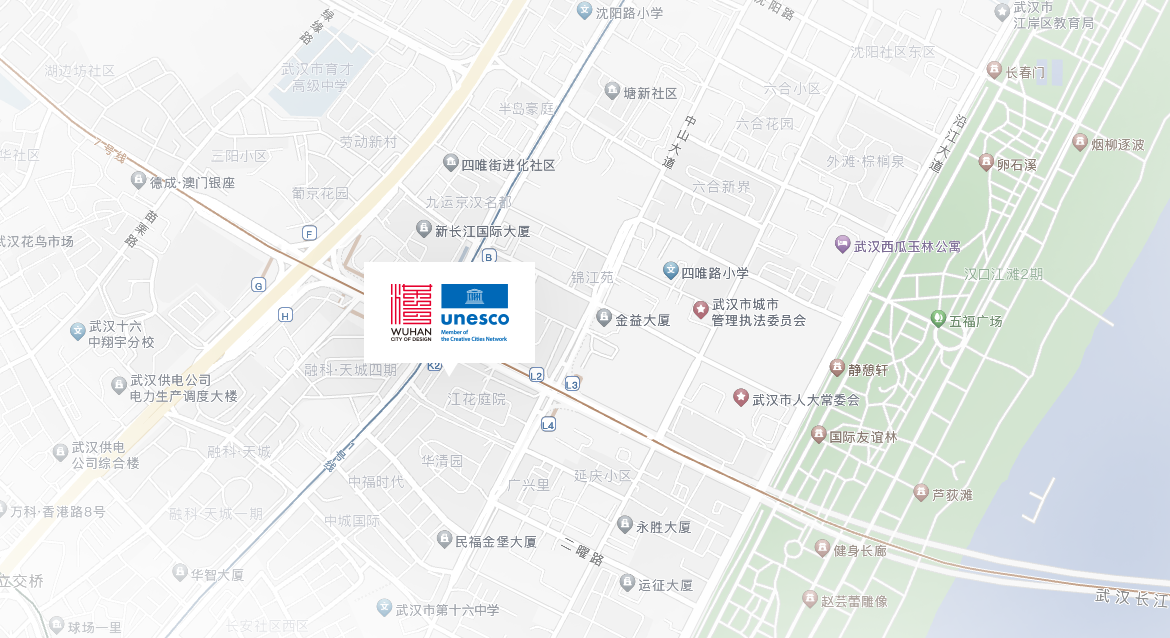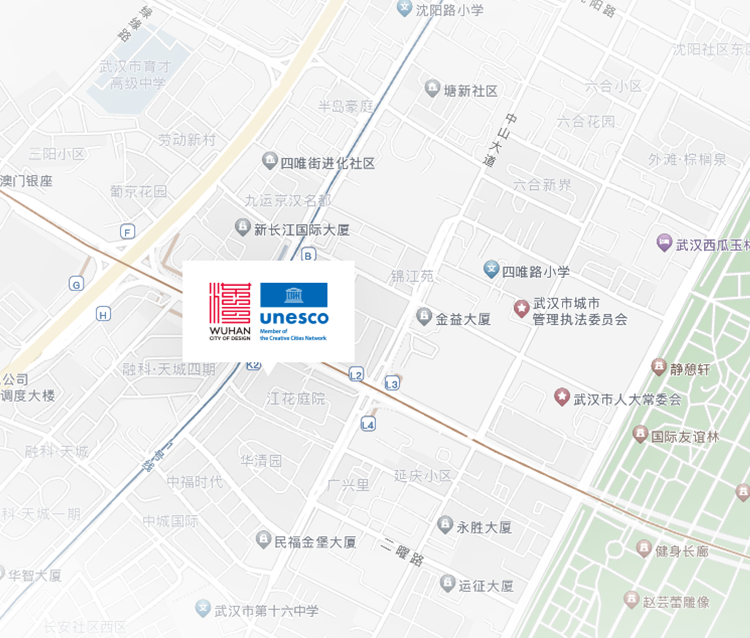

News & Updates

News & Updates
Creative Park

Creative Park
Wuhan Creative World
Tanhualin Zhai Yage
Hankou Pinghe Packaging Factory
South Taizi Lake Innovation Valley
Red T Fashion & Creative Block
D+M Industrial Design Town
China Construction Science and Technology Industrial Park
5.5 Home Furnishing Creative Park
Dazhi Wujie · Sky Town
Outside Circle Digital Creative Industry Park
Intelligence Valley Culture Industry Park
Sixin Bridge Engineering Design and Construction Industrial Park









